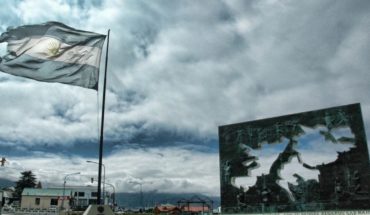Faced with the disproportionate increase in cases of dengue patients in the country, which reached a record number in recent weeks, the Minister of Health of the city of Buenos Aires, Fernán Quirós, explained the critical time in which the mosquito bites and clarified where it is necessary to use repellent to avoid contracting the disease. In the country, more than 150,000 people were infected by the mosquito, in the worst dengue epidemic in history, which comes at an unusual time for the Aedes Aegypti mosquito, as it stops biting every year when winter approaches. “Cases historically began at the end of December and ended in the first two weeks of April, but now there has been a change, there began to be cases since November,” he explained in an interview broadcast by Radio Mitre. “Since it is a domestic mosquito, it hides in different places in the house, for example under the table, so while we eat it bites us,” he said. Regarding the use of repellent, he remarked that “it should be used especially in the lower parts, which is where the mosquito flies the most; at the ankles, between the pants and the shoes, which is where they usually enter and itch.” It is a mosquito that does not bite at night, in the dark. He usually does it in the morning, between dawn, mid-morning or sunset,” he said later, adding that the critical time “is between five and 9:00 p.m., which is the time when he has the habit of flying and biting.” Dengue vaccine: what will happen in the cityThe Buenos Aires health minister indicated that the vaccine “has been used for a year and is approved by ANMAT but there are still technical discussions about in which places, at what times and to which age groups it should be applied.” Likewise, Quirós pointed out that the consensus among experts is that “the vaccine should be focused on endemic places of high circulation, not in central Argentina where the outbreak occurs for two to three months and then cuts the period.” Finally, he clarified that “it should be segmented into people who get the most sick with dengue, such as the youngest, from 10 to 30 years old; neither of these two conditions exists in the City of Buenos Aires.”
Original source in Spanish
Dengue: Quirós explained what the critical time is and where to use repellent
March 28, 2024 |





